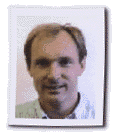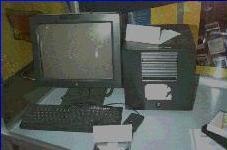|
Chronology of events for the  Cube computer.
Cube computer.
-
October 1988; Steve Jobs of NeXT Inc. unveils
the first NeXT computer, at the Davies Symphony Hall in San Francisco.
For US$6500, it features: 25 MHz Motorola 68030 processor and
68882 math coprocessor, 8 MB RAM, 17-inch monochrome monitor,
256 MB read/write magneto-optical drive, and object-oriented NeXTSTEP
operating system. It is dubbed the "Cube" because its
system box measures 1 foot on all sides.
-
September, 1989; NeXT ships the first NeXT
Computer systems. NeXT releases NextStep v1.0.
-
October, 1989; IBM signs a deal with NeXT
to license the NextStep operating system.
-
September, 1990; NeXT announces the Nextstation.
-
March, 1991; NeXT announces availability
of its Nextstation color computers for US$8000.
-
April, 1991; NeXT ships the Nextstation
and the NextStep v2.0 operating system.
-
January, 1992; NeXT announces that a version
of the NextStep OS will be made for Intel PCs.
-
September, 1992; NeXT ships NextStep v3.0.
-
February, 1993; NeXT announces that it
will drop its hardware line, to focus on becoming a larger player
in the object-oriented software industry.
-
May, 1993; NeXT ships NextStep v3.1 for
Intel PCs.
-
January, 1996; NeXT ends development of
the NextStep operating system.
-
March, 1997; Apple Computer (AAPL) acquire
NEXT software a Steve Jobs company, for $430 millions.
-
June, 1997; Steve Jobs sells 1.5 million
shares of Apple Computer stock, that he received in December as
part of Apple Computer's purchase of his NeXT Software.
|
|
|
|
|
Tim Berners-Lee created the world wide
web and http standard on a NeXT Cube computer.
|
Actual picture of Tim's NeXT computer.
|
In 1989, he proposed a global hypertext project, to
be known as the World Wide Web. Based on the earlier "Enquire"
work, it was designed to allow people to work together by combining
their knowledge in a web of hypertext documents. He wrote the first
World Wide Web server, "httpd", and the first client, "WorldWideWeb"
a what-you-see-is-what-you-get hypertext browser/editor which ran in
the NeXTSTEP environment. This work was started in October 1990, and
the program "WorldWideWeb" first made available within CERN
in December, and on the Internet at large in the summer of 1991.
This is a screen shot of the browser,
taken in 1993. The differences between this and the first edition (Christmas
1990) were: The whole thing would have been grey scale as NeXTs
were at the time just grey scale. The inline images such as the world/book
icon and the CERN icon, would have been displayed in separate windows,
as it didn't at first do inline images.
LITTLE KNOWN FACTS: He was knighted by the British Empire
in 1998. Alternative names he considered, before settling on the World
Wide Web, included "The Information Mine" and "Information
Mesh."
HOBBIES: Windsurfing.
|
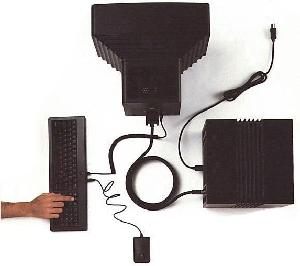
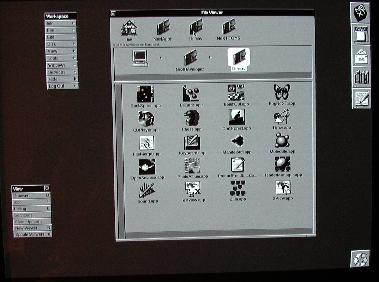
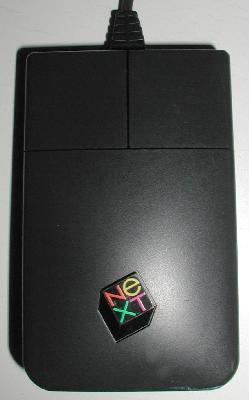
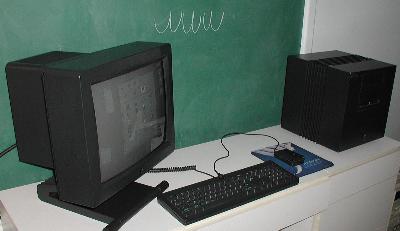
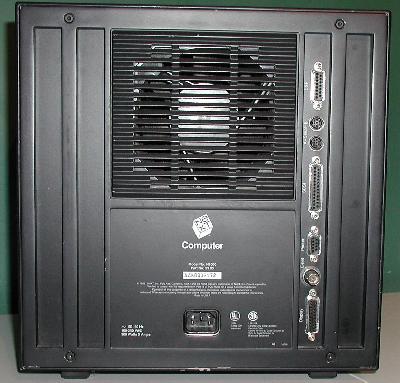
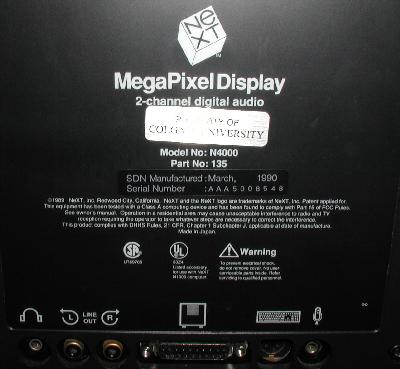
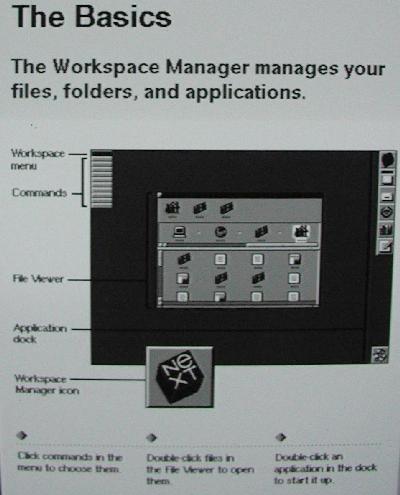
 Cube computer.
Cube computer.